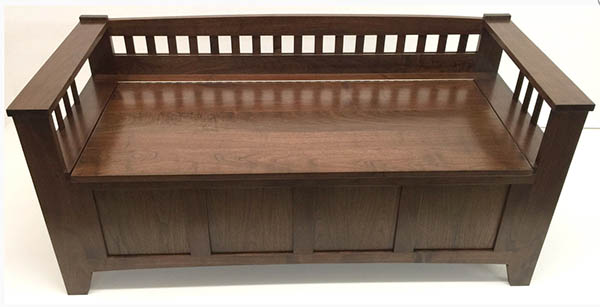
Today, Nicole Kenefic is the owner and interior designer at KDA Furniture & Interiors in Fort Wayne, Indiana. It’s a position she says has its roots back when she was a little girl, tagging along with her general contractor father to his jobsites.
Whether she was pushing a broom, mixing mortar for the masons, or taking out trash, “it just made me understand and appreciate all the hard work that it takes to make a project from start to finish,” Nicole said. So much so that, by the time she was in high school, “I already knew that I wanted to go into this line of work of some sort.”

Majoring in interior design in college, Nicole “quickly found that I wanted to do more than just interior design.” She also obtained a degree in engineering, “and that gave me the ability to speak more clearly when I was on a jobsite because I had a better understanding of, if I wanted a wall moved, I knew that it in fact could be moved. It wasn’t that I was depending on someone else’s knowledge.”
The ability to create shop drawings and envision structures also comes in handy for her work at KDA, which has both an interior design side and a custom furniture side. “Having my design background allows me to push out of the box a little bit more and know that when I present an idea to a customer that’s unique, I can present that knowing that we can also actually build it, instead of just this fictitious drawing that can’t ever come to fruition because it’s not possible.”
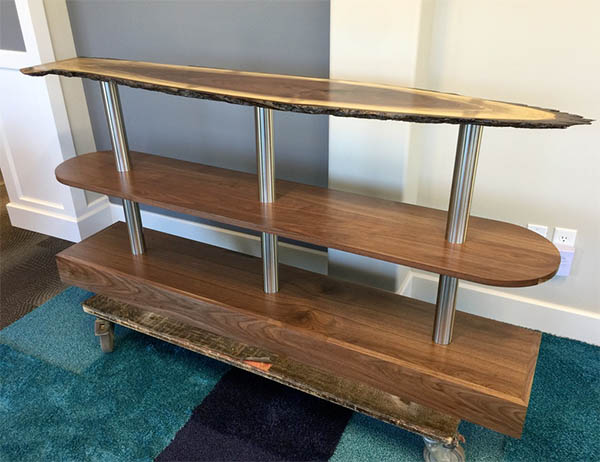
Being able to figure out “how things really go together, how you layer the materials and assemble the materials from a raw goods standpoint to become a real work of art” helps both the clients and the builders, Nicole said. It also helps her, as the business owner, with cost estimates. “When I draw it, I draw it as if we’re building it because then I can do my take-off list for materials and come up with a quote pretty quickly,” she said.
What those materials are depend on the customer’s choices, but KDA keeps the hardwood species hickory, red oak, maple, walnut and cherry in stock – lately, Nicole said, she’s been seeing more requests for cherry and walnut, with walnut having been “huge for us this year.”
As mentioned, KDA will work with customer requests, for projects across the U.S. – including in a couple of areas that have become subspecialties for the company, such as furniture for Montessori schools and opticians’ offices.

The Montessori schools’ furniture is designed to align with the self-directed learning philosophy, in which each student could be working on a separate project each day, with the teacher rotating among a small cadre of students. “The furniture is more of an open concept: there’s no backs on the shelving, so if a teacher’s sitting on the floor with a student, they can see through to the rest of the classroom; there’s no barriers,” Nicole explained. The Montessori furniture is also “environmentally friendly as much as possible: low VOCs on the finish, clear coat maple, no stains.”
The optical furniture subspecialty dates to KDA’s first collaboration with an architect who specialized in optical, back in 2001, slightly before Nicole began working for the company as an interior designer. As an employee, she was able to support the husband and wife who were then owners with both the design side and the custom woodworking side of the business. When the original owners later became snowbirds, then retired, she gained more managerial experience and eventually acquired the company.
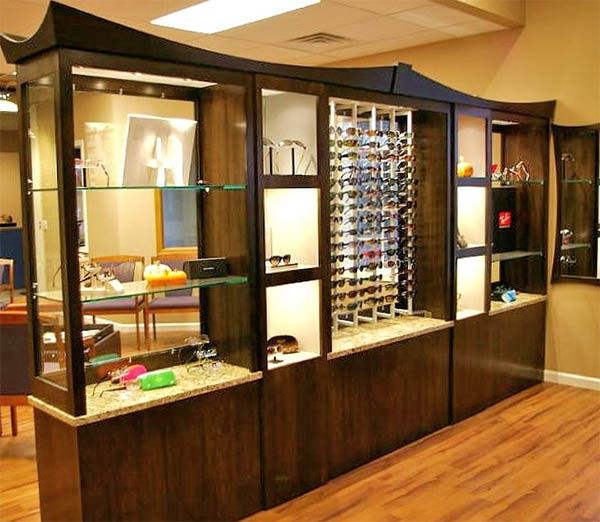
The architect’s original impetus for contacting the firm was to make the cabinets where eyeglass frames are displayed look more like furniture than an industrial fixture. “He wanted it to be pieces of furniture that coordinated with his architecture throughout the space. Typically, the optical sales department is a form of revenue for the practice, and so they really want those to sparkle like a jewelry display case, so a bit more higher-end,” Nicole said. The partnership with that architect – who also does other medical offices – has continued. “That allows him and his team to draw up whatever units they want in whatever color, stain, whatever kind of molding, and it will all coordinate with his building, and it gives that full experience for their projects.” KDA also now does other optical jobs, too.
Large quantity jobs, however, remain a rarity. “Typically, our projects have quantities of one, two or three,” Nicole said. Speaking of her shop employees, she said, “If I give them a quantity of 20, they just roll their eyes at me. They’re craftsmen; they want to get in the weeds and try to figure out how to solve a problem. Usually, whoever is pulling the raw material for the project, I’ve instructed what that full project is and so, once they’ve finished that job, they clean and they wrap and they put it on our truck, and they deliver and they install it. So they get to see that whole project go from start to finish, and they have all told me many times how much they appreciate that because they get to see the final piece in the final setting.”
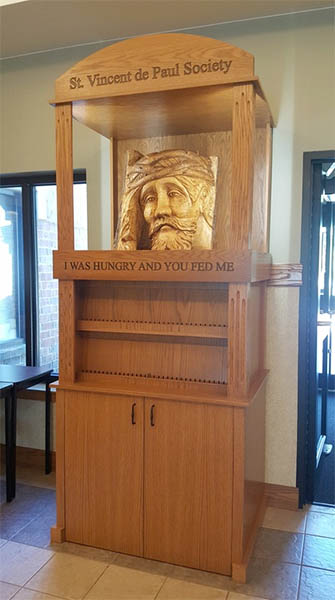
Nicole estimates that 75 percent of the projects produced at KDA are still cut by hand. The business did acquire a CNC router a couple of years ago, through a loan from Stearns Bank; Nicole and one other shop employee are trained to program the CNC. “So sometimes I’m programming it in my office and sending that information out to the CNC and I have another guy just loading that table pushing the go button. Then the person that’s running the machine at that time doesn’t have to have any more understanding than how to load and offload that table.”
Depending on the project, sometimes, with the CNC, “we can drill all the hinge holes and the handle holes and things like that while we’re running the cuts of the board,” Nicole said. However, “If it’s a hardwood frame-and-panel door, I’m happy to get those handles and hinges and everything like that to do the final details. I’ve got my screw gun and my drill.”
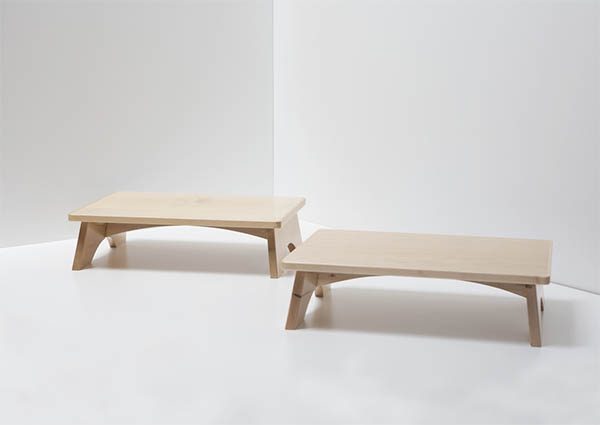
While not in the shop on a daily basis, “I often go out there and work, especially if we’re hot on a deadline and we need more help,” she said.
Among her shop employees, “the youngest guy that’s been here the least amount of time, he’s been here for 10 years. We have two guys that are only 35 years old, and our oldest guy is 41 – so we’re all right within the same age group, and are going to be doing this for a long time,” Nicole said. “I’m just really excited about my team that I have here and I can only imagine what it’s going to be 10, 15, 20 years from now.”





